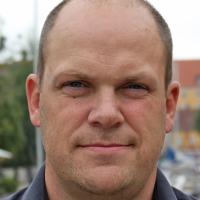Public participation in development: What happens on the ground?
This is the topic of a new article in the Journal of Development Studies by DIIS researcher Mikkel Funder. Drawing on a study of community based natural resource management in Southern Thailand, the article shows and discusses three features of participatory interventions:
1. That the emphasis on collective action and “community spirit” in participatory approaches doesnot necessarily fit with the actual practices of community members, who may have much more individualistic strategies for securing their livelihoods.
2. That farmers and fishermen may actively seek to influence, subvert and oppose how public participation is done and organized on the ground, leading to rather different procedures and institutions than those expected by donors, governments and NGOs.
3. That efforts to avoid “elite capture” of a participatory process may ironically pave the way for the emergence of a new type of “participation elite”, consisting of entrepreneurial individuals with the "right" identity, morality and mindset.
The article concludes by calling for more attention to the ways in which participatory ideals and institutions are reshaped on the ground through the everyday practices of community members, and how our notions of “elite capture” may need to be refined.
The article can be accessed on the journal website here.
DIIS Experts

